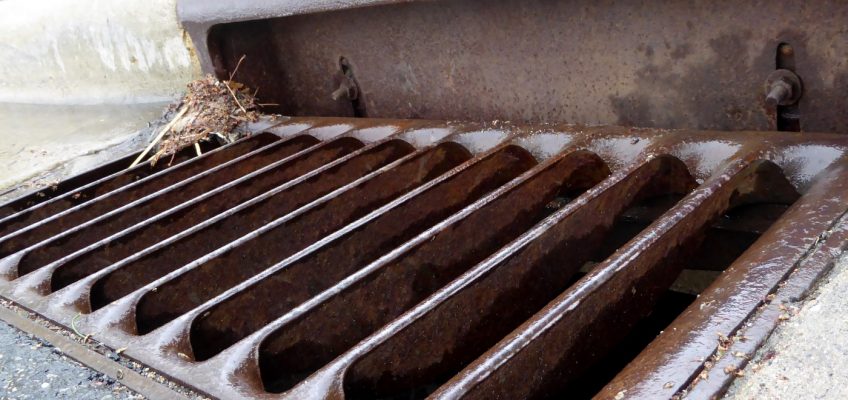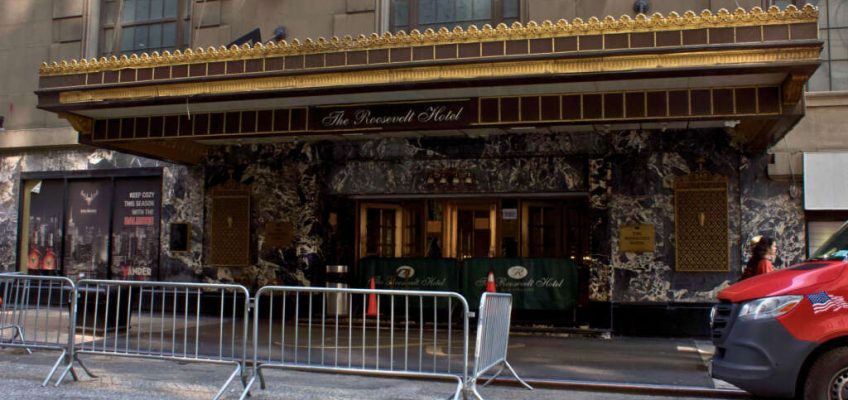By KATE PAYNE
TALLAHASSEE, Fla. (AP) — Florida Republican Gov. Ron DeSantis’ administration is racing ahead with construction of a makeshift immigration detention facility at an airstrip in the Everglades over the opposition of Native American leaders who consider the area their sacred ancestral homelands.
Related Articles
US signs agreements with Guatemala and Honduras to take asylum seekers
How carbon capture works and the debate about whether it’s a future climate solution
Former top aide to Jill Biden is subpoenaed by House Oversight panel
Trump administration expands military’s role at the border to the southern tip of Texas
NYC Mayor Eric Adams kicks off reelection bid and casts Mamdani as having a ‘silver spoon’
A string of portable generators and dump trucks loaded with fill dirt streamed into the site on Thursday, according to activist Jessica Namath, who witnessed the activity. The state is plowing ahead with building a compound of heavy-duty tents, trailers and other temporary buildings at the Miami Dade County-owned airfield located in the Big Cypress National Preserve, about 45 miles west of downtown Miami.
A spokesperson for the Florida Division of Emergency Management, which is helping lead the project, did not respond to requests for comment.
State officials have characterized the site as an ideal place to hold migrants, saying there’s “not much” there other than pythons and alligators.
Indigenous leaders dispute that and are condemning the state’s plans to build what’s been dubbed “ Alligator Alcatraz ” on their homelands. Native Americans can trace their roots to the area back thousands of years.
For generations, the sweeping wetlands of what is now South Florida have been home to Native peoples who today make up the Miccosukee Tribe of Indians of Florida and the Seminole Tribe of Florida, as well as the Seminole Nation of Oklahoma.
“Rather than Miccosukee homelands being an uninhabited wasteland for alligators and pythons, as some have suggested, the Big Cypress is the Tribe’s traditional homelands. The landscape has protected the Miccosukee and Seminole people for generations,” Miccosukee Chairman Talbert Cypress wrote in a statement on social media.
There are 15 remaining traditional Miccosukee and Seminole villages in Big Cypress, as well as ceremonial and burial grounds and other gathering sites, Cypress testified before Congress in 2024.
“We live here. Our ancestors fought and died here. They are buried here,” he said. “The Big Cypress is part of us, and we are a part of it.”
Garrett Stuart, who lives about 3 miles from the site, described the crystal clear waters, open prairies and lush tree islands of Big Cypress as teeming with life.
“Hearing the arguments of the frogs in the water, you know? And listen to the grunt of the alligator. You’re hearing the call of that osprey flying by and listening to the crows chatting,” he said. “It’s all just incredible.”
Critics have condemned the detention facility and what they call the state’s apparent reliance on alligators as a security measure as a cruel spectacle, while DeSantis and other state officials have defended it as part of Florida’s muscular efforts to carry out President Donald Trump’s immigration crackdown.
“To have alligators and pythons be the security guards, only someone who’s never spent time in the swamp would ever say something like that,” Stuart said. “They’re afraid of human beings.”
The Florida National Guard is preparing to send up to 100 soldiers to the facility on July 1 to provide site security and staff augmentation, and other support “as directed.”
In this image from undated video released by the Office of Attorney General James Uthmeier shows an isolated Everglades airfield about 45 miles (72 kms.) west of Miami that Florida officials said an immigration detention facility dubbed “Alligator Alcatraz” is just days away from being operational. (Courtesy of the Office of Attorney General James Uthmeier via AP)
“We don’t have a set timeline for this mission due to the fluid nature of the situation, but we will stay on the ground for as long as we’re needed and at the direction of Governor DeSantis,” Guard spokesperson Brittianie Funderburk said in a statement.
Tribal leaders and environmentalists are urging the state to change course, noting billions of dollars in state and federal funds have been poured into Everglades restoration in recent years, an investment they say is jeopardized by plans to house some 1,000 migrants at the site for an undetermined amount of time.
Indigenous leaders and activists are planning to gather at the site again on Saturday to stage a demonstration highlighting why the area is “sacred” and should be “protected, not destroyed.”
“This place became our refuge in time of war. It provides us a place to continue our culture and traditions,” Miccosukee leader Betty Osceola wrote in a social media post announcing the demonstration.
“And we need to protect it for our future generations,” she added.
Kate Payne is a corps member for The Associated Press/Report for America Statehouse News Initiative. Report for America is a nonprofit national service program that places journalists in local newsrooms to report on undercovered issues.




